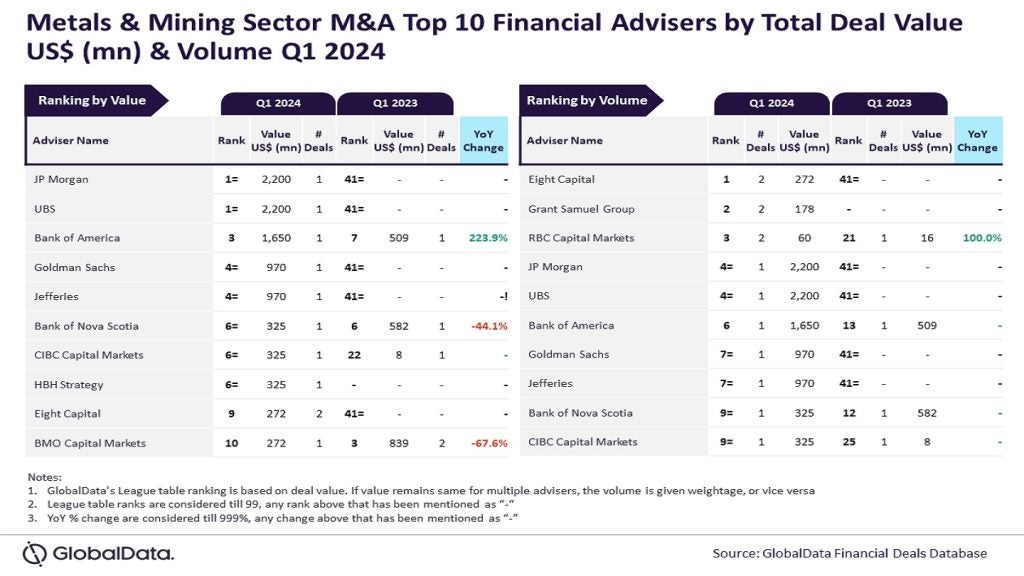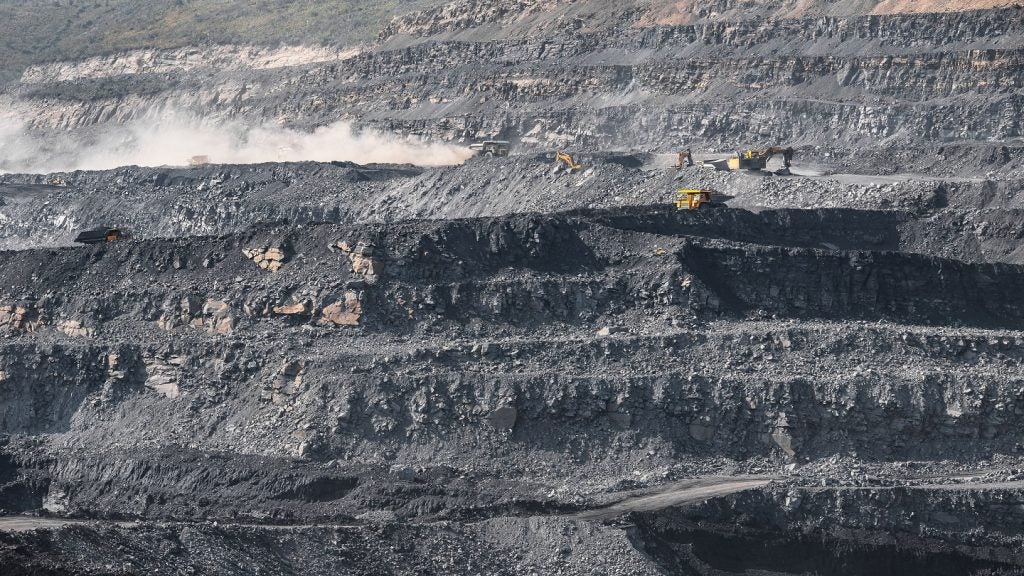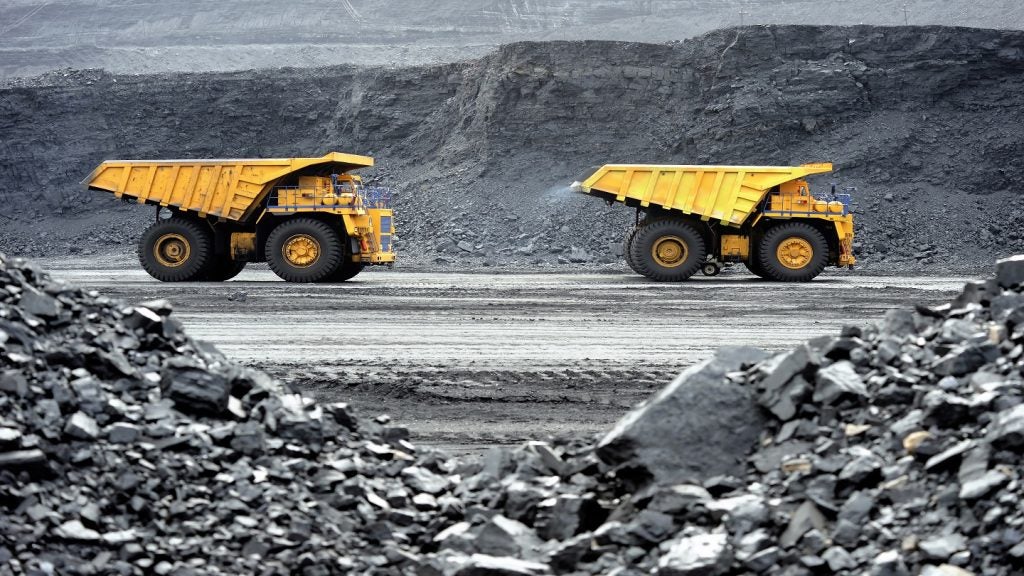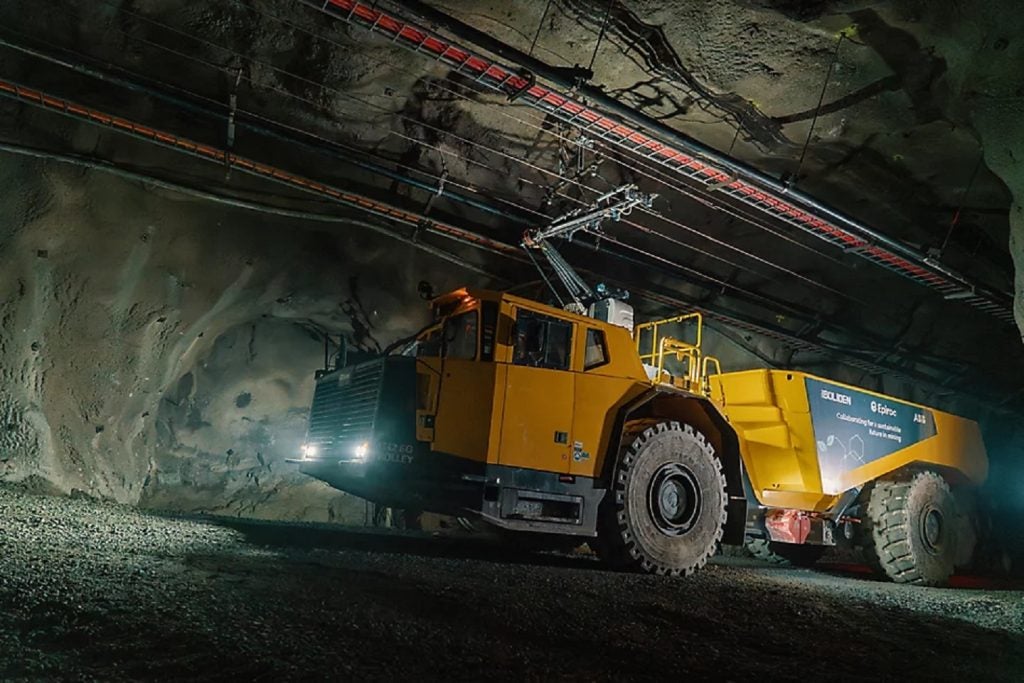
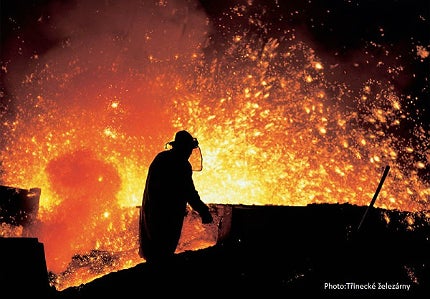
At the end of August, the release of significantly worse than expected seasonally-adjusted GDP figures for the second quarter of 2013 – a 0.75% contraction, according to Mexico’s Institute of National Statistics – led the country’s Finance Ministry to cut its 2013 growth forecast to just 1.8%.
It had previously predicted 3.1% – and some had seen even that as uninspiring, given Mexico’s previous performance in recent years.
Softening investor confidence and falling markets are clearly bad news for a President newly elected on manifesto promises of higher earnings for ordinary Mexicans, and a radical re-shaping of national institutions.
While his plans to reform the energy market has tended to draw the most attention, Mexico’s mining landscape is set to change too.
See Also:
Currently, miners pay normal corporate taxes, and a fee per hectare on concessions, but in April, Congressional approval was given to a proposal to establish a royalty on the industry for the first time in the country’s history – but it seems that too has been superseded.
How well do you really know your competitors?
Access the most comprehensive Company Profiles on the market, powered by GlobalData. Save hours of research. Gain competitive edge.

Thank you!
Your download email will arrive shortly
Not ready to buy yet? Download a free sample
We are confident about the unique quality of our Company Profiles. However, we want you to make the most beneficial decision for your business, so we offer a free sample that you can download by submitting the below form
By GlobalDataNow rolled into the Mexican Government’s latest tax reform bill, it would see companies paying 7.5% tax on sales, after allowable deductions.
Taxing miners to boost local coffers
The idea behind the move is simple. Mexico has the lowest tax-take of all the 34 members of the OECD; taxing miners more would both boost the national coffers and provide local benefits to mining regions themselves – helping Peña keep his pledge to improve the lot of his voters.
According to the government, Mexico’s existing arrangements "provide practically nothing" – only amounting to some 0.6% of total mineral sales. They are, they say, simply trying to bring the industry’s contributions broadly in line with the rest of the world, and along with other planned overhauls of energy, finance, education and pensions, it will, they hope, also put some growth back into Latin America’s second-largest economy.
The industry, however, having been threatened with a royalty fee of at most five percent, now faces a charge that is effectively 50% higher, and in addition, the bill also contains increased fees for inactive mining concessions too, which will, in the case of those granted more than 11 years ago, double them. On top of that, there is also a proposed 0.5% levy on gold, silver and copper gross revenues.
The timing could scarcely be worse. With falling metal prices and increasing operating costs, a growing number of voices in the sector suggest this tax hike could finally take the gloss off Mexico as a place to invest – and 2013 has seen a worrying enough record number of suspended projects already.
Suspended projects haunt Mexico’s mining ambitions
According to a report published in the El Financiero newspaper, at the end of July a total of 69 projects were currently suspended in Mexico – representing a 40% increase on the previous year and placing an expected additional $8bn of investment in exploration and production at risk.
Although Mexico weathered the worst of the economic downturn well, bouncing back to report 5.5% growth in 2010 and outperforming Brazil throughout both 2011 and 2012, the global financial headwinds have, it seems, finally taken their toll, with falling commodity prices cutting profitability.
Instituto Nacional de Estadística y Geografía (INEGI), Mexico’s national statistics agency, recently reported that overall mining output fell by two percent in the first six months of 2013, compared with the same period in the previous year, with only iron showing any growth – up 4.4% January to June.
Mexico is the world’s largest producer of silver; at the time of the report, the London Bullion Market value of silver was around US$20/oz, compared with the 2012 average of more than US$31 – and the story has been much the same for other metals in 2013.
El Financiero quoted the Director General of mining chamber Camimex, Sergio Almazán Esqueda, as saying investment would return when prices improved. That may well be true, but it could be a while in coming.
Global factors make their presence felt
The recent burgeoning growth of emerging economies – particularly China – drove a price boom in metals prices and made for a strong mining industry globally, but high prices begin a cycle of investment and greater production that ultimately spirals into oversupply and falling metal values.
Economist and chairman of the Cascade Policy Institute, Dr Bill Conerly, believes that although the global economy is likely to continue to expand moderately, and so increase demand for metals, the world has more mining capacity than it presently needs. There will, he suggests, be further price declines to come before the graph begins to climb again – and in any case, this may not be the only factor at play in Mexico.
"I continue to think that metals and non-metallic minerals prices will soften, but I’m not sure whether Mexico’s activity was typical of world trends or a result of specific issues in that country," he says. That call may not be an easy one for anyone to make. According to the El Financiero report, the rising tide of community opposition and the government’s investigations into corruption and nepotism have also been factors in mining suspensions.
Future prospects for Mexico’s mining industry
So what does lie ahead?
At the end of August, Finance Minister Luis Videgaray spoke of his expectations that the broader Mexican economy would rebound in 2014, forecasting four percent growth – a figure broadly echoing the predicted 3.2% to 4.2% range confirmed by the Bank of Mexico earlier in the month.
For the country’s mining industry specifically, the predictions are equally bullish; in a report published in May, Business Monitor International suggests the expected value of the sector will have grown to $16bn by 2017.
Employing around 334,000 people directly, and with a further two million jobs indirectly supported by the sector, mining is Mexico’s fourth largest industry in dollar income terms – and it is clearly one which President Peña sees as essential in any national economic revival. In the first half of this year, the government provided finance totalling $348m to 619 small and medium companies through its mining promotion fund, FIFOMI – an increase of more than 25% on the same period in 2012 – and by the end of 2013, the final figure across the sector is expected to top $1bn.
With mutual investment in mining firmly included in May’s strategic upgrade of the bilateral agreement with China, and the President gearing up to deliver on his "Pact for Mexico" promises to benefit local communities, he evidently thinks the future looks promising.
If, however, as Conerly predicts, prices have further to fall yet, and November does see the new tax bill approved, the industry may well view things differently. Investment, particularly in exploration, could suddenly look much less attractive.
Peña’s term in office comes to an end in 2018; how history – and miners – will judge him and his reforms remains to be seen. Only time will tell.
Related content
The top ten deepest mines in the world
Eight of the ten deepest mines in the world reside in a particular region of South Africa, while the remaining two – Kidd Creek and Creighton – are both located in Ontario, Canada.
Infographic: bear vs bull – how the markets impact gold
Bear and Bull markets have an impact on the daily buying and selling of Gold. In both cases, there are several factors influencing how gold would do in a sub $1300 per ounce situation.


.gif)

